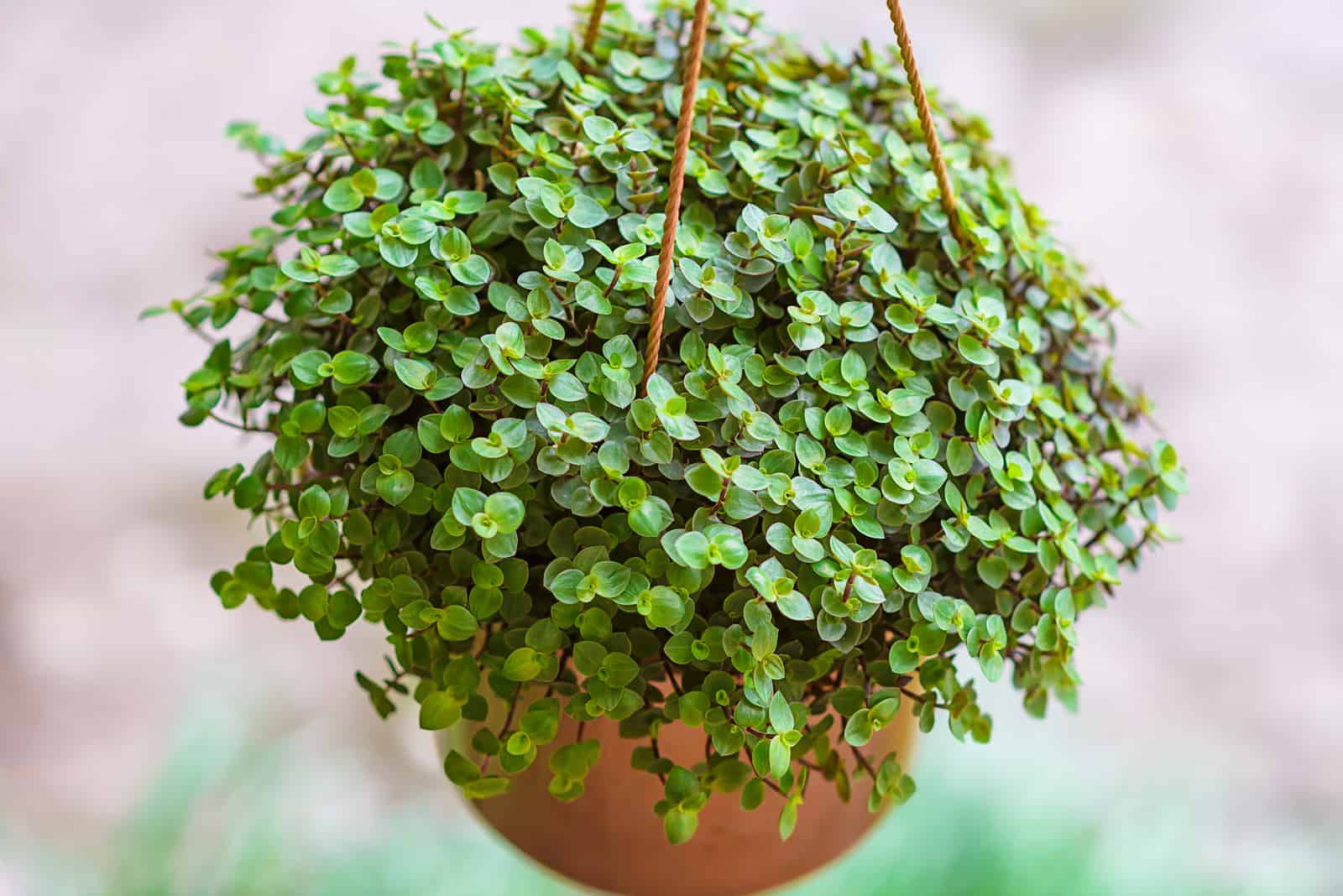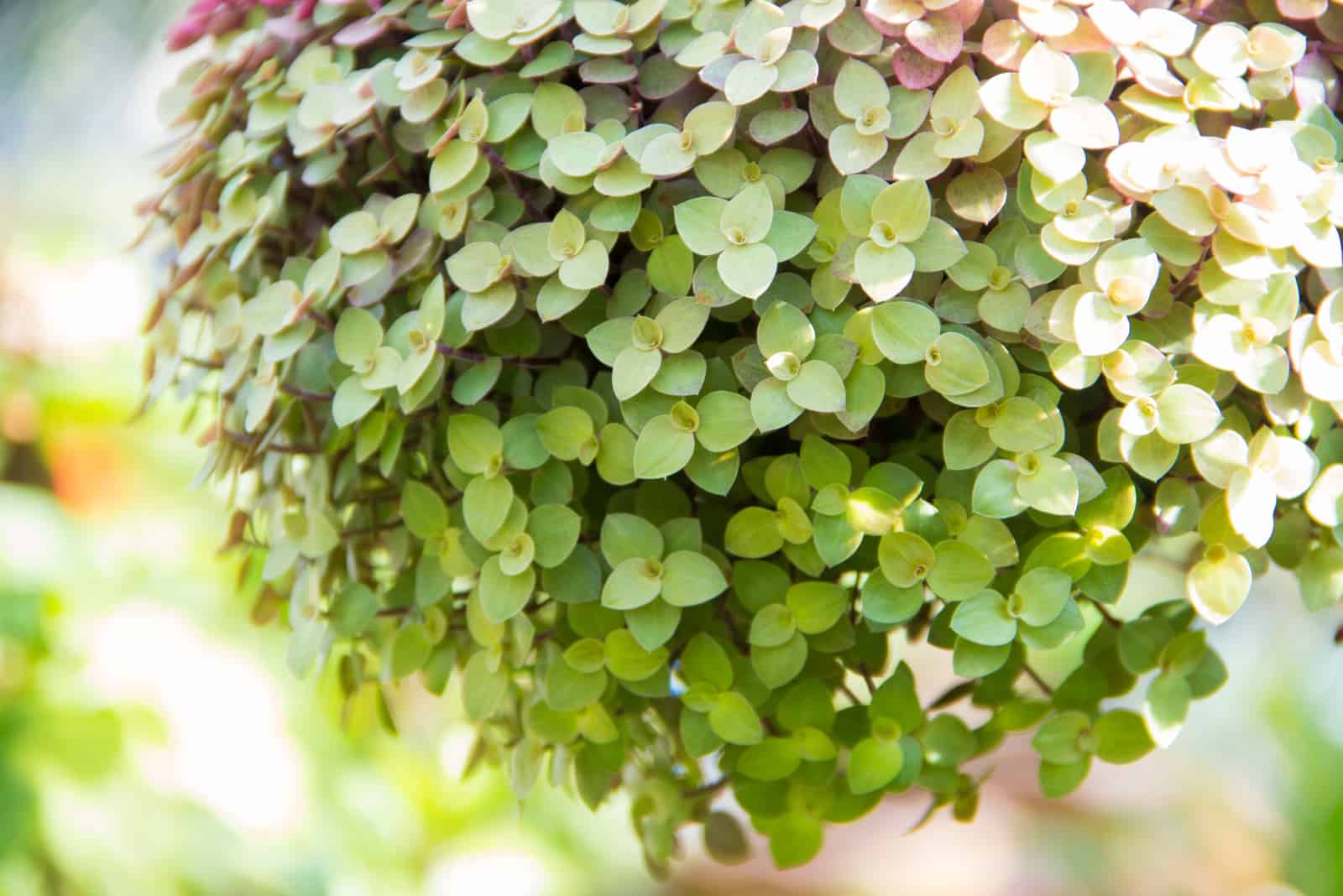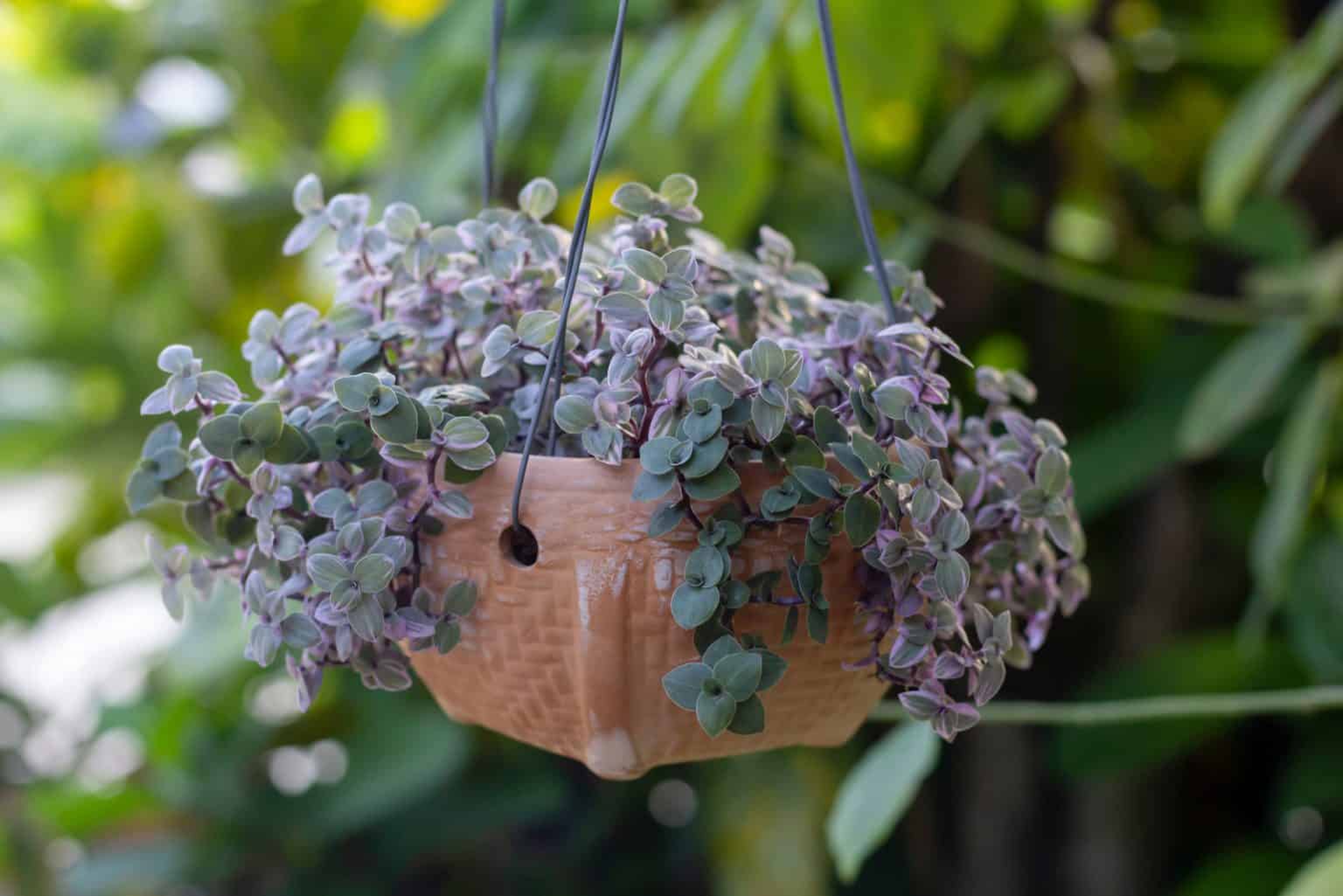Turtle vine plant care is an art that, when mastered, can bring about a flourishing indoor or outdoor garden. This guide delves into the intricacies of caring for this unique plant, ensuring its optimal growth and vitality.
Scientifically known as Callisia repens, the turtle vine is a member of the Commelinaceae family. Its trailing stems and glossy, variegated leaves make it an attractive addition to any space.
Turtle Vine Plant Care Overview

The turtle vine, scientifically known as Callisia repens, is a beautiful and versatile plant that can add a touch of greenery to any home or garden. It is a low-growing, trailing plant with heart-shaped leaves that are variegated with green, white, and pink. Turtle vines are relatively easy to care for and can tolerate a wide range of growing conditions, making them a great choice for both beginner and experienced gardeners.
Turtle vines prefer bright, indirect light but can also tolerate low light conditions. They should be watered regularly, but allowed to dry out slightly between waterings. Turtle vines prefer warm temperatures and high humidity, but can tolerate average room temperatures and humidity levels.
Benefits of Growing Turtle Vine Plants
There are many benefits to growing turtle vine plants, both indoors and outdoors. Indoors, turtle vines can help to purify the air and add a touch of greenery to any room. They are also a great choice for hanging baskets or terrariums. Outdoors, turtle vines can be used as a groundcover or in rock gardens. They can also be trained to climb trellises or arbors.
Turtle Vine Plant Care Guide

Turtle vines, with their attractive heart-shaped leaves and trailing growth habit, make for captivating indoor plants. To ensure they thrive in your care, here’s a comprehensive guide to their watering, fertilizing, and pruning needs.
Watering
Turtle vines prefer consistently moist soil, but not soggy conditions. Water the plant when the top inch or two of soil feels dry to the touch. During the growing season (spring and summer), water more frequently, about once a week or when the soil dries out. In the fall and winter, reduce watering to every 10-14 days.
Fertilizing, Turtle vine plant care
Fertilize turtle vines every 4-6 weeks during the growing season using a balanced liquid fertilizer diluted to half strength. Choose a fertilizer with an NPK ratio of 10-10-10 or similar, which provides a balance of nitrogen, phosphorus, and potassium. Avoid over-fertilizing, as it can lead to salt buildup and damage the plant.
Pruning
Pruning is essential for maintaining a healthy and attractive turtle vine. Regularly remove dead or damaged leaves and stems to encourage new growth. You can also prune the vine to control its size or shape. Use sharp, clean shears to make clean cuts just above a leaf node.
Troubleshooting Common Turtle Vine Plant Problems

Turtle vine plants are generally low-maintenance, but they can encounter some common problems. These include pests, diseases, nutrient deficiencies, and yellowing or wilting. By understanding these issues and taking appropriate measures, you can keep your turtle vine plant healthy and thriving.
Pests and Diseases
Turtle vine plants can be affected by various pests, including aphids, mealybugs, spider mites, and scale insects. These pests can damage the plant by sucking its sap, causing yellowing, wilting, and stunted growth. To control pests, use insecticidal soap or neem oil.
Fungal diseases, such as powdery mildew and leaf spot, can also affect turtle vine plants. Powdery mildew appears as a white or gray powdery substance on the leaves, while leaf spot causes brown or black spots on the leaves. To prevent and treat fungal diseases, ensure proper air circulation, avoid overwatering, and use fungicides as needed.
Nutrient Deficiencies
Nutrient deficiencies can occur in turtle vine plants if the soil lacks essential nutrients. Nitrogen deficiency causes yellowing of the leaves, while phosphorus deficiency leads to stunted growth and poor flowering. Potassium deficiency can result in brown or yellow edges on the leaves. To correct nutrient deficiencies, fertilize the plant with a balanced fertilizer.
Yellowing or Wilting
Yellowing or wilting of turtle vine plants can indicate various problems. Overwatering can cause root rot, leading to yellowing and wilting. Underwatering can also cause wilting. Check the soil moisture and adjust watering accordingly. Excessive sunlight can scorch the leaves, causing them to turn yellow. Provide the plant with partial shade to prevent sunburn.
